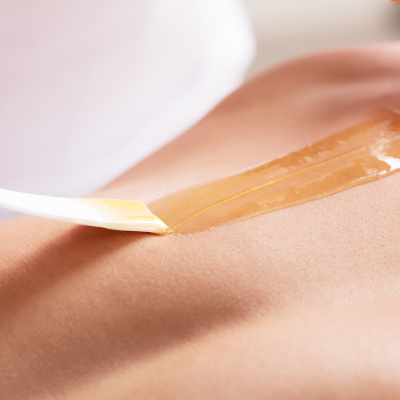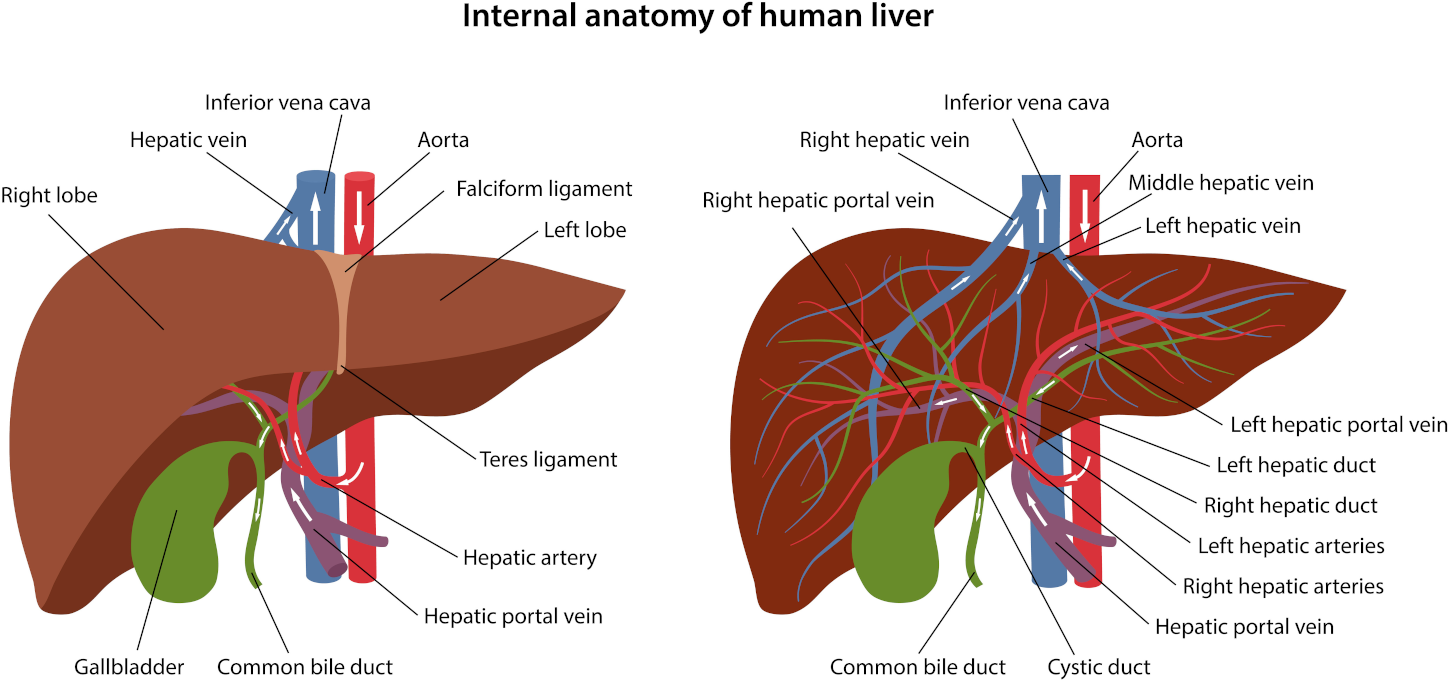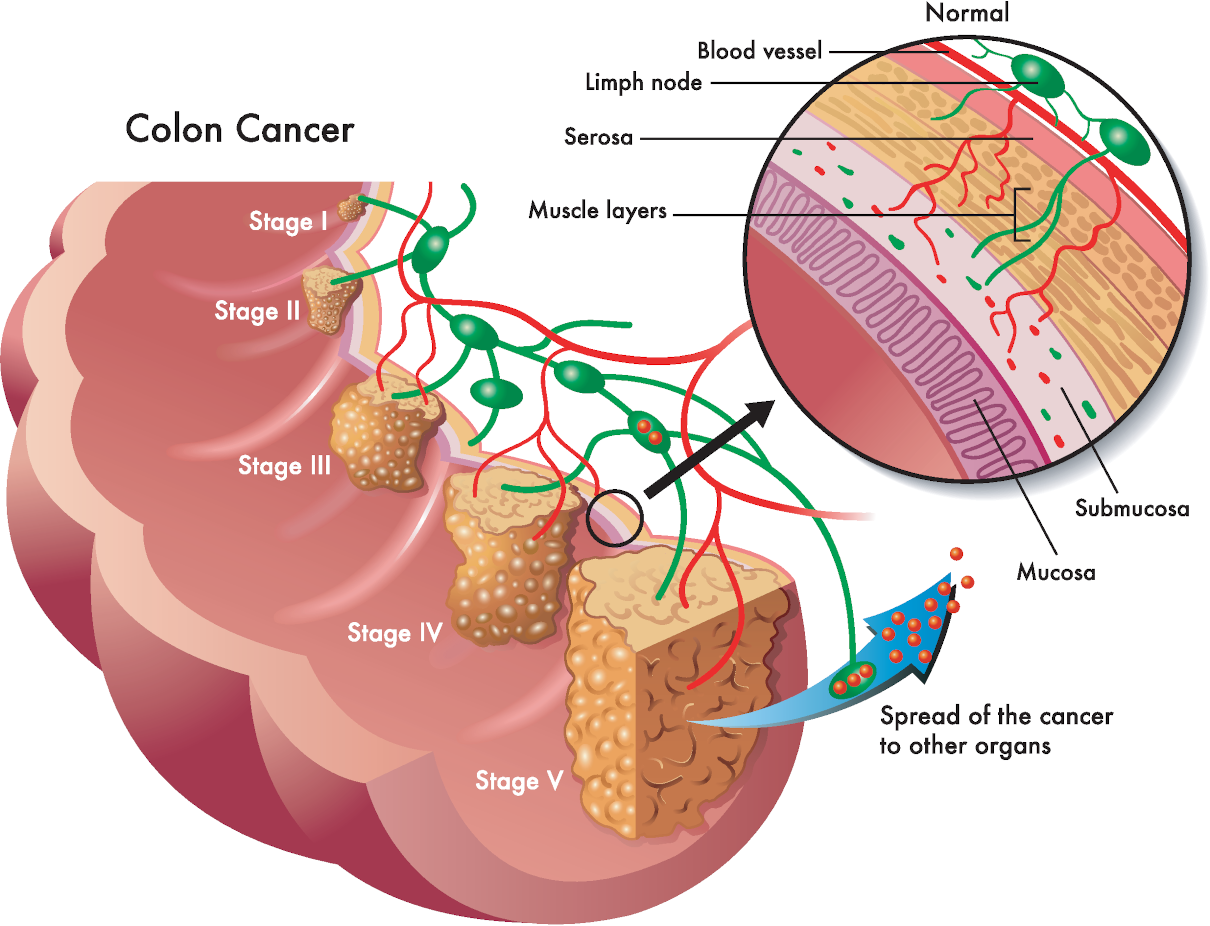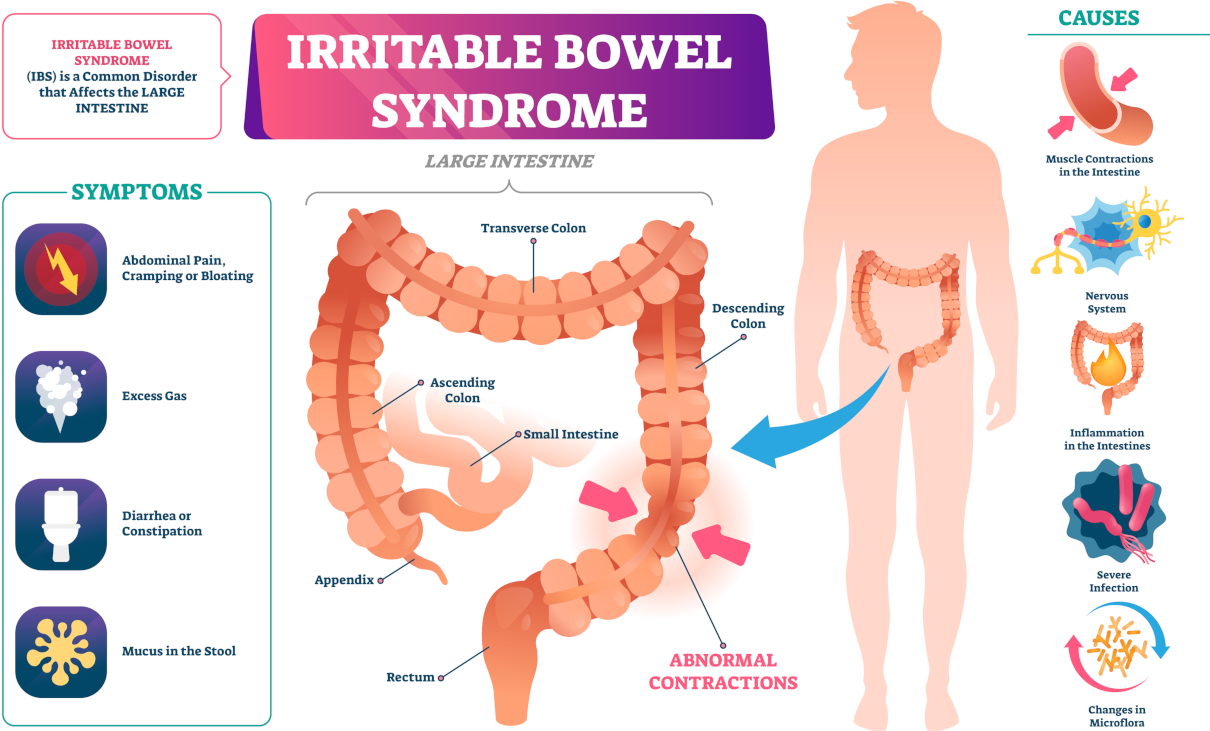Medical professionals verify colonic irrigation value by prescribing it
Comments 0 20th December 2013 Blog, General
Many medical professionals verify the value of colonic irrigation worldwide by prescribing it. From the earliest stages of history surrounding ancient Egypt, practices of colonic irrigation in their most basic form – enemas – have provided people with internal cleansing, an adjunct to their external hygiene. From the 14th century BC, the Ebers Papyrus prescribes internal cleansing for over twenty stomach and intestinal complaints.
- But in the modern era, it fell to J. H. Kellogg, MD, of Battle Creek, Michigan, famous for inventing cornflakes and various good hygiene techniques, to popularise colonic irrigation. That happened after Dr Kellogg publicised his article in the Journal of the American Medical Association, praising the procedure’s efficacy in saving a dysfunctional large bowel.
- That descriptive article was the impetus for advancing a highly beneficial therapeutic method. It has since flourished and found recognition among enlightened health professionals in Europe, Asia, Australia, New Zealand, and North America. Sincere expressions of approval for colonic irrigation are undeniable medical endorsements for this effective complementary treatment. For instance, without applying toxic agents, it removes metabolic waste from a person’s large bowel.

Mini Detox PLUS – 3 colonics, minerals, herbal & probiotic implants
The ideal pattern of colonic treatments includes three alkalising colon hydrotherapy treatments with sodium bicarbonate, one anti-parasitic implant on the first treatment, one liver and gall bladder stimulating herbal implant on the second treatment, and a high-strength probiotic implant on the third colonic.
Board-certified gastrointestinal surgeon Dr Leonard Smith endorses colonic irrigation.
Leonard Smith, MD, of Gainesville, Florida, graduated from medical school thirty years ago. And eventually, he became board-certified in general surgery by the American College of Surgeons. For more than twenty-five years, Dr Smith has practised as a specialist in gastrointestinal surgery. Further, he has dealt with all types of colon difficulties, including operations to overcome
- colon cancer,
- colon diverticulitis,
- appendicitis,
- haemorrhoids,
- and several other internal organ health problems.
I am very well acquainted with the colon’s functions. Colonic irrigation is an ideal cleansing medium for preparing patients for a colonoscopy. It’s a better way of getting the human colon ready for an operation than having a patient swallow a gallon of that usual presurgery solution known as ‘Colon-Golytely’. Instead, colonic hydrotherapy has the patient avoid the harmful side effects of
- vomiting,
- diarrhoea,
- abdominal cramping,
- and other troubles,”
Dr Smith says.

Bum only inside or outside waxing
Bum (only inside or outside) waxing removes hair in the buttocks. You’re welcome to visit our clinic and have waxing hair removal, which will relieve you from unwanted hairs in this delicate area for a long time, cleanly and accurately. 30 minutes
Seriously ill patients tend to constipate chronically.
“Furthermore, seriously ill patients tend to constipate chronically, which results in generalised toxaemia. It turns out that colonic irrigation is also the gentlest and most effective treatment. So, it helps with a sick person’s constipation problem. Besides, my recommendation for cancer patients is that they should undergo frequent colonic irrigation procedures. They should certainly go for it, as it substantially reduces a colon’s toxic burden. At the same time, their bodies are trying to heal,” affirms Dr Smith. “While not a substitute for eating a high fibre diet, those cancer patients who take colonic irrigation often experience the elimination of their aches and pains, improvement of appetite, and they tolerate a robust healing process better.
“I also believe that normally healthy people will find the value of colonic irrigation and take it every couple of months to experience how well one feels when the colon is empty. It’s a fact that most people fail to empty their bowels, something they don’t realise. Besides, it surprises people undergoing colonic irrigation on a preventive basis at how much waste this procedure removes,” Dr Smith says.
“Without any reservation, I wish to see it become an established procedure for many gastrointestinal problems. If medical centres, hospitals, and clinics installed colonic irrigation departments, they would find such departments just as productive for patients as their present treatment areas devoted to physiotherapy,” states Leonard Smith, MD. “Such is my true belief. I do endorse this therapeutic program.”

One colonic irrigation session including consultation
Colon irrigation and comprehensive consultation with a professional colon hydrotherapist registered with RICTAT and ARCH at the Parkland Clinic in Holborn. We use a closed system only—London’s best colonic hydrotherapy deal.
References
- Bettman, OL. A Pictorial History of Medicine. (Springfield, Illinois: Charles C. Thomas, 1956), p.6.
- Reprinted with Permission from the Townsend Letter for Doctors & Patients August / September 2000 (#205/206) ©Copyright 2000 by Dr Morton Walker FREELANCE COMMUNICATIONS










